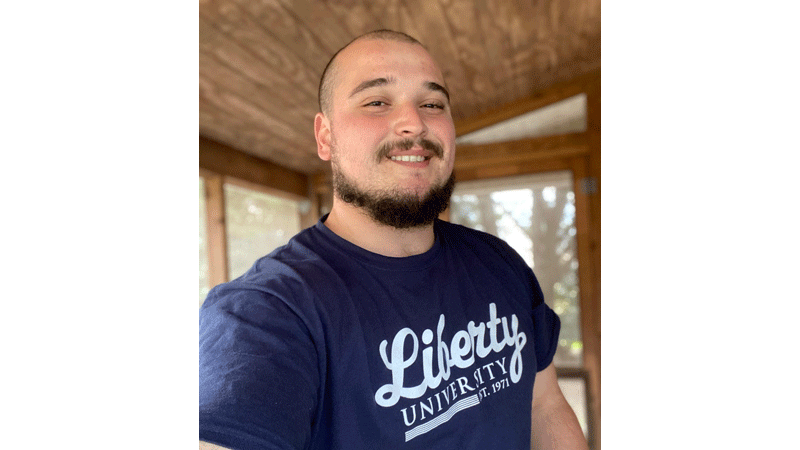First flight an unforgettable moment
Published 10:53 am Wednesday, September 5, 2012
by James D. Howell
I reach into the dark, fingertips touching glass, feeling a large circle, finding smaller circles on each side of the larger, moving slowly from circle to circle, fingers sensing shape and size, moving further to the left and right, each object named in passing, each assigned a mental value, each important in a ranking of importance.
I’m blindfolded, in a cockpit mockup of the T-34 aircraft that I will learn to fly. Each student must identify cockpit instruments and controls by touch.
My classmates take turns with a checklist and identification charts. Some instruments are self-descriptive (altimeter) and some not so (turn and slip indicator). All are important.
Ground school is specific to the aircraft type and navigation uses local area landmarks. We learn about a paper mill for a landmark (I remember Camp’s). We learn airspace boundaries and where not to fly. We are introduced to aircraft maneuvers and flight procedures. There’s enough to keep us busy every day.
The day comes when ground school occupies a half-day with flight instruction the other half. I am assigned to a flight instructor for the duration of all flying at this field.
He seems to be a likeable fellow and we get along well. The first takeoff is demonstrated as well as the first landing at an outlying grass field. Time is spent just feeling the controls and how the aircraft responds.
Engine power changes, climbs, glides and turns are demonstrated and then performed by me. Practice landings are begun, but that is not the emphasis for now. I feel comfortable with the vision from altitude; I fall in love with the view. That love of the view will never leave me.
Succeeding flights introduce new maneuvers and practice old ones in a pattern of increasing difficulty. First are the slow turns, glides, normal and emergency landings (we spend a little time each flight on landings). Then the more aggressive stalls, spins, and recoveries from unusual altitudes.
During World War I, an aircraft was considered a “kill” if it went into a spin; today spins and recoveries are practiced routinely.
I look forward to seeing the world upside down; I like the craziness of a spin and can count the rotations without difficulty. It’s a wonderful world, any way you look at it.
Flight No. 12 is the last in the familiarization series; it’s a check flight, done by another instructor, and is a cross reference by another pair of eyes. It goes well for me, and I know the next will be my solo flight.
I takeoff and fly to a grass field, familiar from past visits. My instructor watches me do a couple of landings and takeoffs, then directs me to a quiet area of the field, unsnaps himself from his seat and steps from the wing to the ground.
He gives me a wave and I’m alone. It’s time. I taxi in turn onto the grass runway and slide the throttle forward. The aircraft slips into the air. I raise the landing gear.
My headset is quiet, just the radio chatter. No one is in the back seat; it’s all mine. I re-enter the landing pattern, drop the gear, land and taxi close to my instructor. He gives me a “thumbs up” and waves for another turn around the pattern.
I take a couple more circuits. It’s a stunned feeling; I’ve done it. I try to remember all the things I’m supposed to, but I’m sure the mental numbness suppresses most of it. I make it back to a landing and pick up my instructor. His “congratulations” welcomes me to another level in flight training. It’s a month past my 19th birthday.
From this flight forward, I can (and do) proudly display my “solo bar” over my left shirt pocket.
Now the syllabus is split between instructed and solo flights. This phase is about aerobatics and maneuvers that will be used in combat. I learn wing overs, loops, split S’s, Immelmann’s, half Cuban 8’s, slow rolls and barrel rolls (there’s a difference).
I learn to look over my shoulder and pick up the horizon as I move through the top of a loop; I learn to strap myself in tightly, and enjoy the feeling of the shoulder straps digging in as I roll upside down.
I listen to the slipstream outside the cockpit. I hear the engine change pitch with changes in airspeed and altitude; it sings to me.
I move from primary to intermediate training at Corey Field. I don’t know, but I sense the work is just beginning.
JAMES D. “ARCHIE” HOWELL is a Southampton County native and 1955 graduate of Franklin High School. He can be reached at archiepix@kingwoodcable.com.





